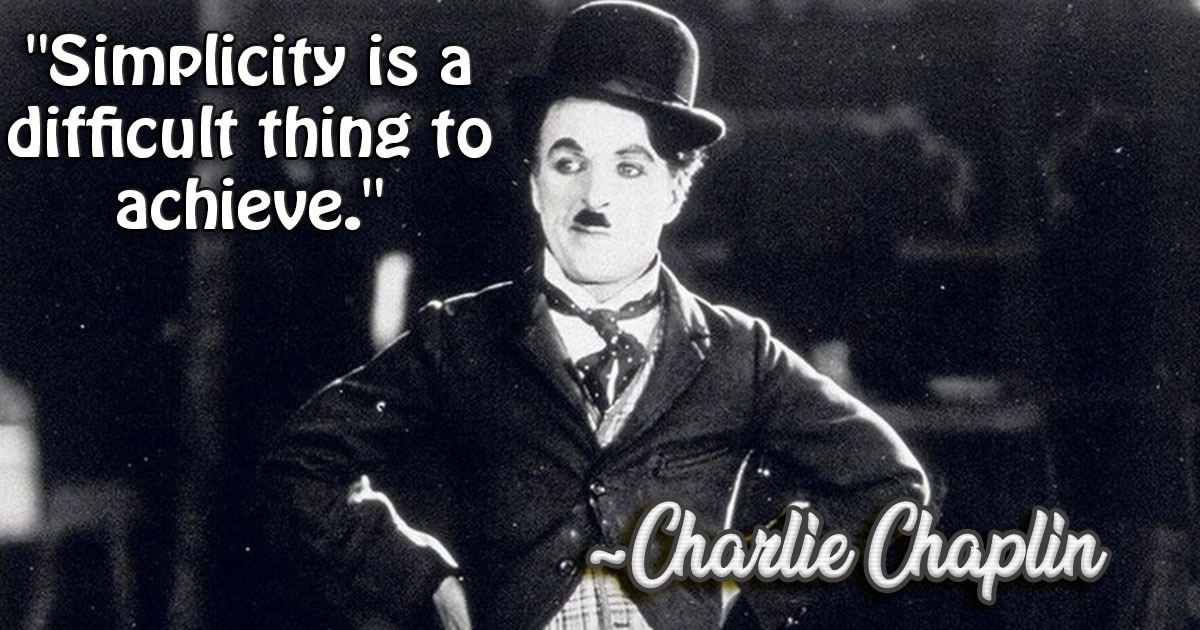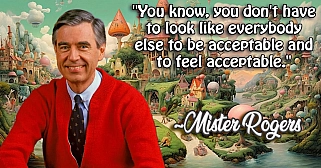Charlie Chaplin: The Tramp Who Conquered the World

Charlie Chaplin
Charlie Chaplin, born Charles Spencer Chaplin on April 16, 1889, in London, England, grew up amidst poverty and hardship. His father, a vocalist and actor, and his mother, a singer, separated early in his life. His mother's subsequent mental health issues forced young Charlie and his half-brother, Sydney, into workhouses and orphanages. These challenging beginnings shaped Chaplin's resilience and humor, both of which would become hallmarks of his career.

Chaplin's first taste of performing came from his mother, who was a performer in music halls. By the age of 14, he had joined a clog-dancing troupe and soon after, began acting in stage productions. His natural talent for comedy caught the attention of Fred Karno, a leading figure in the British vaudeville scene. Karno's troupe, which also included Stan Laurel, gave Chaplin his first exposure to the United States during a tour in 1910.
In 1913, while performing in the United States, Chaplin was scouted by Mack Sennett, the head of Keystone Studios. Chaplin joined Keystone and quickly became one of its most popular stars. It was at Keystone that Chaplin developed his iconic character, "The Tramp." With a bowler hat, cane, ill-fitting clothes, and a distinctive mustache, The Tramp became a beloved figure worldwide.
Chaplin's early films were characterized by slapstick comedy, but he soon began to explore more complex themes. He had an innate ability to blend humor with pathos, making audiences laugh and cry in equal measure. His films often depicted the struggles of the underdog and critiqued social injustices, reflecting his own experiences of poverty.
In 1919, Chaplin co-founded United Artists with Douglas Fairbanks, Mary Pickford, and D.W. Griffith. This move allowed him greater creative control over his work. His first film under United Artists, "A Woman of Paris" (1923), was a departure from his usual comedies, showcasing his versatility as a filmmaker.
Gold Rush
Chaplin's next major film, "The Gold Rush" (1925), is considered one of his greatest works. Set during the Klondike Gold Rush, the film follows The Tramp as he tries to strike it rich in the harsh, wintry wilderness. It features some of Chaplin's most famous scenes, including the dance of the rolls and The Tramp's attempt to eat his own shoe.
In 1931, Chaplin released "City Lights," a silent film made well into the sound era. The film tells the story of The Tramp's love for a blind flower girl and his efforts to raise money for her sight-restoring operation. Despite the advent of sound films, "City Lights" was a critical and commercial success, demonstrating Chaplin's commitment to his artistic vision.
Chaplin's first talking film, "The Great Dictator" (1940), was a bold political satire. In it, he played both a Jewish barber and the tyrannical dictator Adenoid Hynkel, a parody of Adolf Hitler. The film was a courageous critique of Nazism and fascism at a time when the world was on the brink of war. Its final speech, in which Chaplin's character advocates for peace and humanity, remains one of the most powerful moments in cinema history.
Despite his success, Chaplin's career was not without controversy. His political views, particularly his criticisms of capitalism and his support for Soviet-American cooperation during World War II, led to accusations of communism. In 1952, while traveling to Europe for the premiere of his film "Limelight," Chaplin was informed that he would be denied re-entry to the United States. He chose to settle in Switzerland with his family, where he lived for the rest of his life.
In exile, Chaplin continued to make films, though his output slowed. His later works, such as "A King in New York" (1957) and "A Countess from Hong Kong" (1967), did not achieve the same level of acclaim as his earlier films. Nonetheless, his influence on the film industry remained profound.
Chaplin returned to the United States in 1972 to receive an honorary Academy Award for his contributions to cinema. The event was marked by a twelve-minute standing ovation, the longest in Academy history, underscoring the immense impact he had on the industry and audiences alike.
Chaplin's ability to infuse comedy with poignant social commentary set him apart as a filmmaker. His films tackled issues such as poverty, industrialization, and totalitarianism with a blend of humor and empathy. He showed that comedy could be a powerful tool for critiquing society and advocating for change.
On December 25, 1977, Chaplin passed away peacefully in his sleep at his home in Switzerland. He was 88 years old. His death marked the end of an era, but his films continue to be celebrated and studied for their innovative use of humor and their compassionate portrayal of the human condition.
Chaplin's influence on the film industry is immeasurable. He pioneered many techniques that are now standard in filmmaking, and his character, The Tramp, remains one of the most recognizable figures in cinema history. His work continues to inspire filmmakers and entertain audiences around the world, proving that his genius transcends time and place.
Charlie Chaplin's journey from a poor London boy to a global icon of cinema is a testament to his extraordinary talent, creativity, and determination. His films, filled with laughter and tears, have left an indelible mark on the world, ensuring that the legacy of The Tramp will live on forever.


